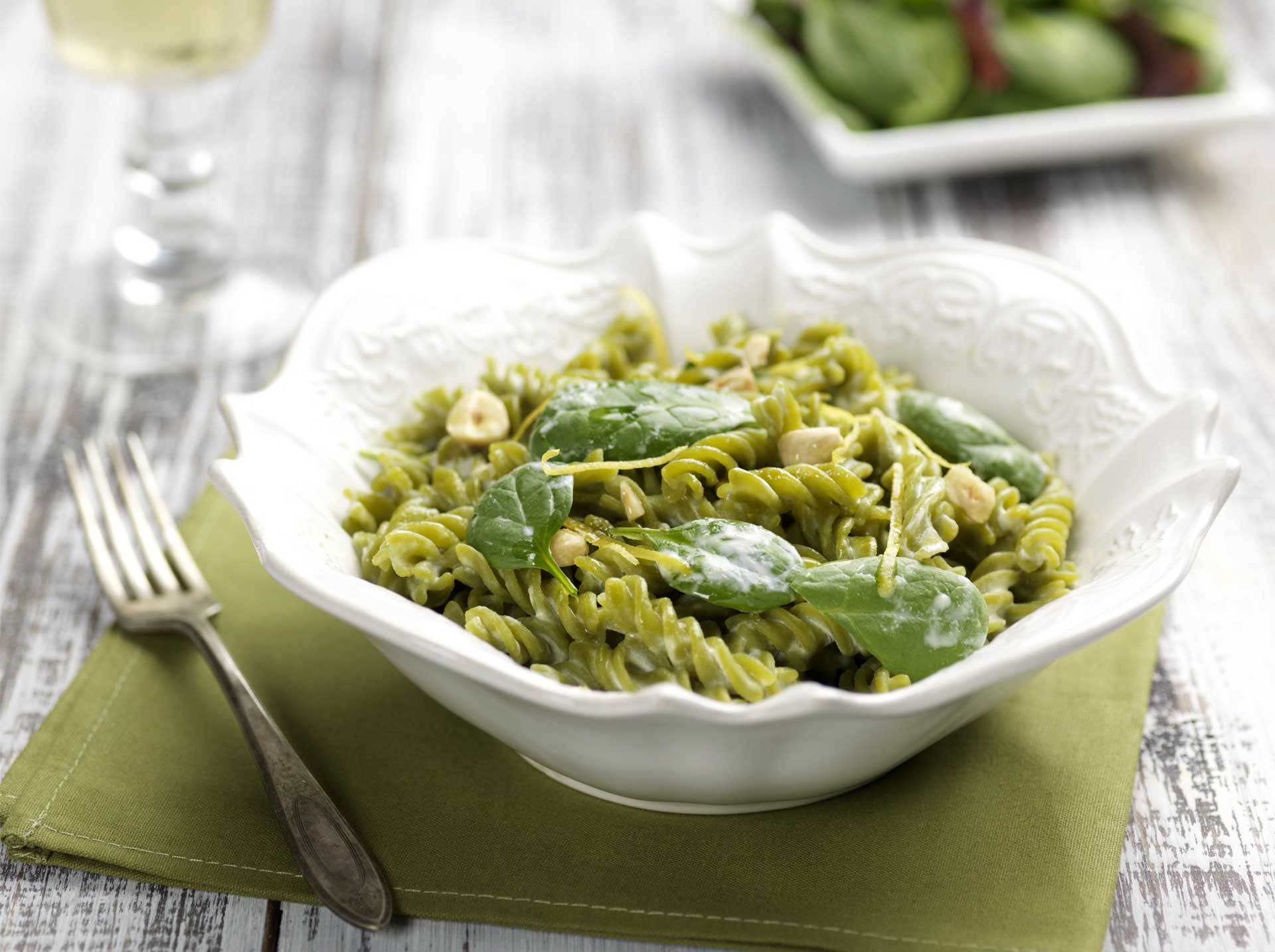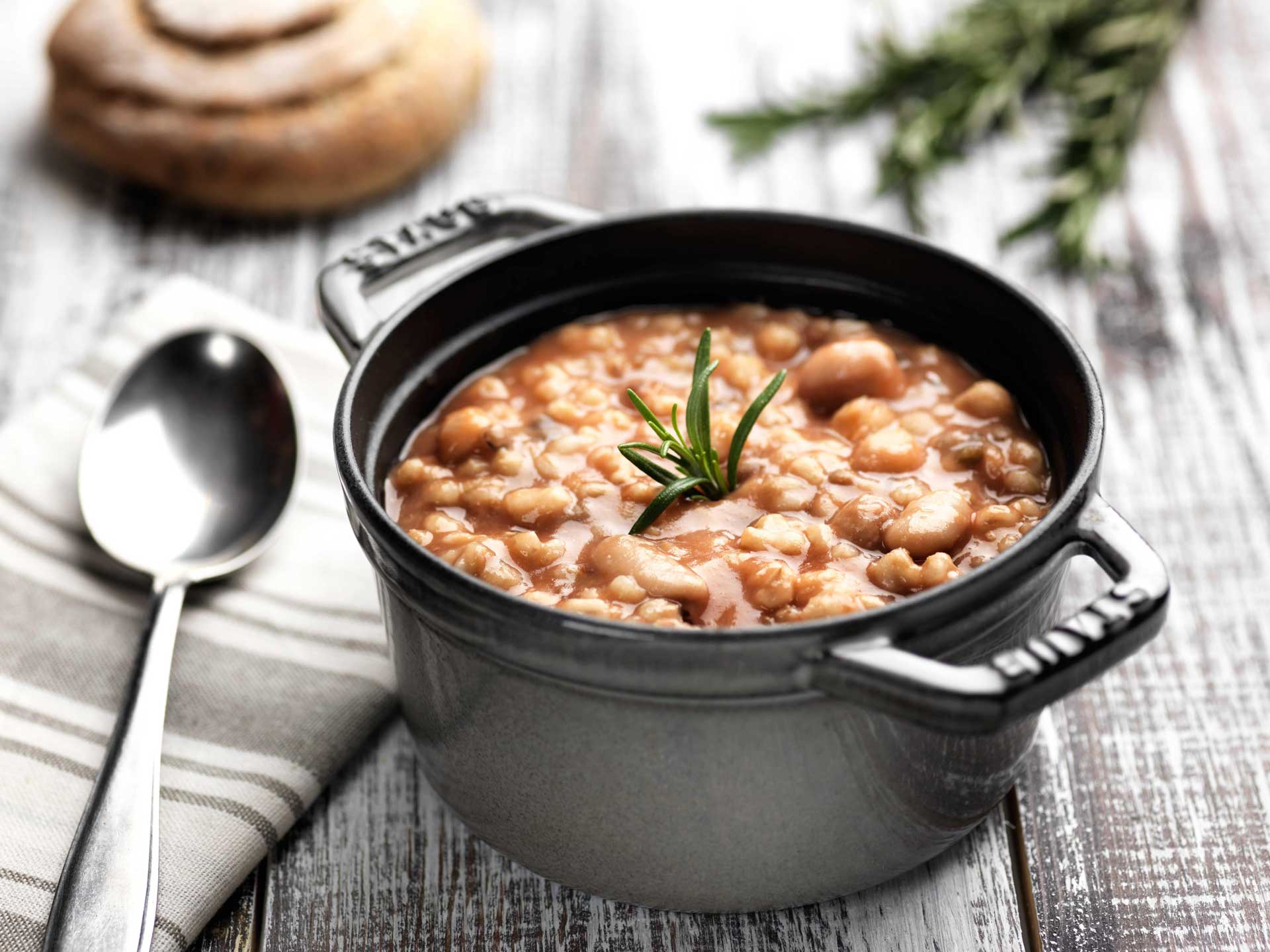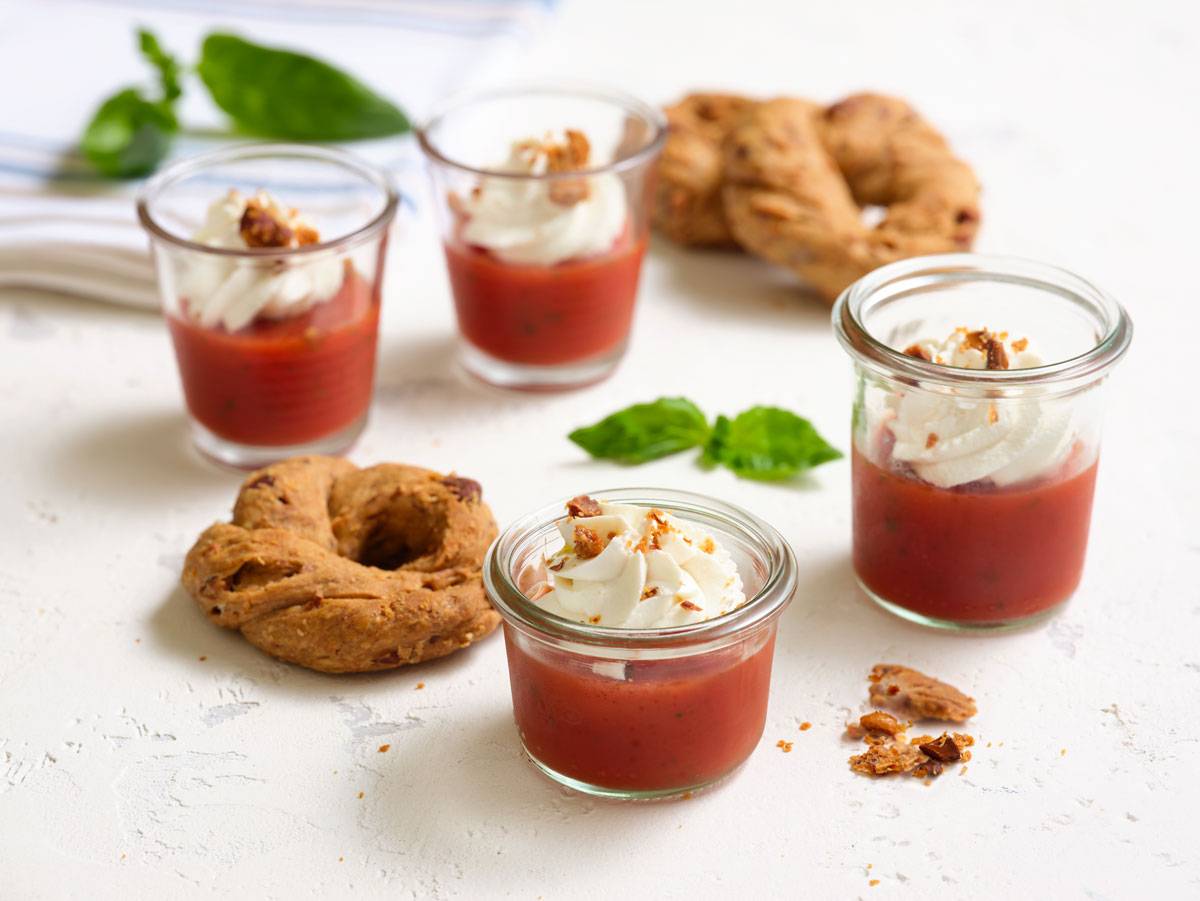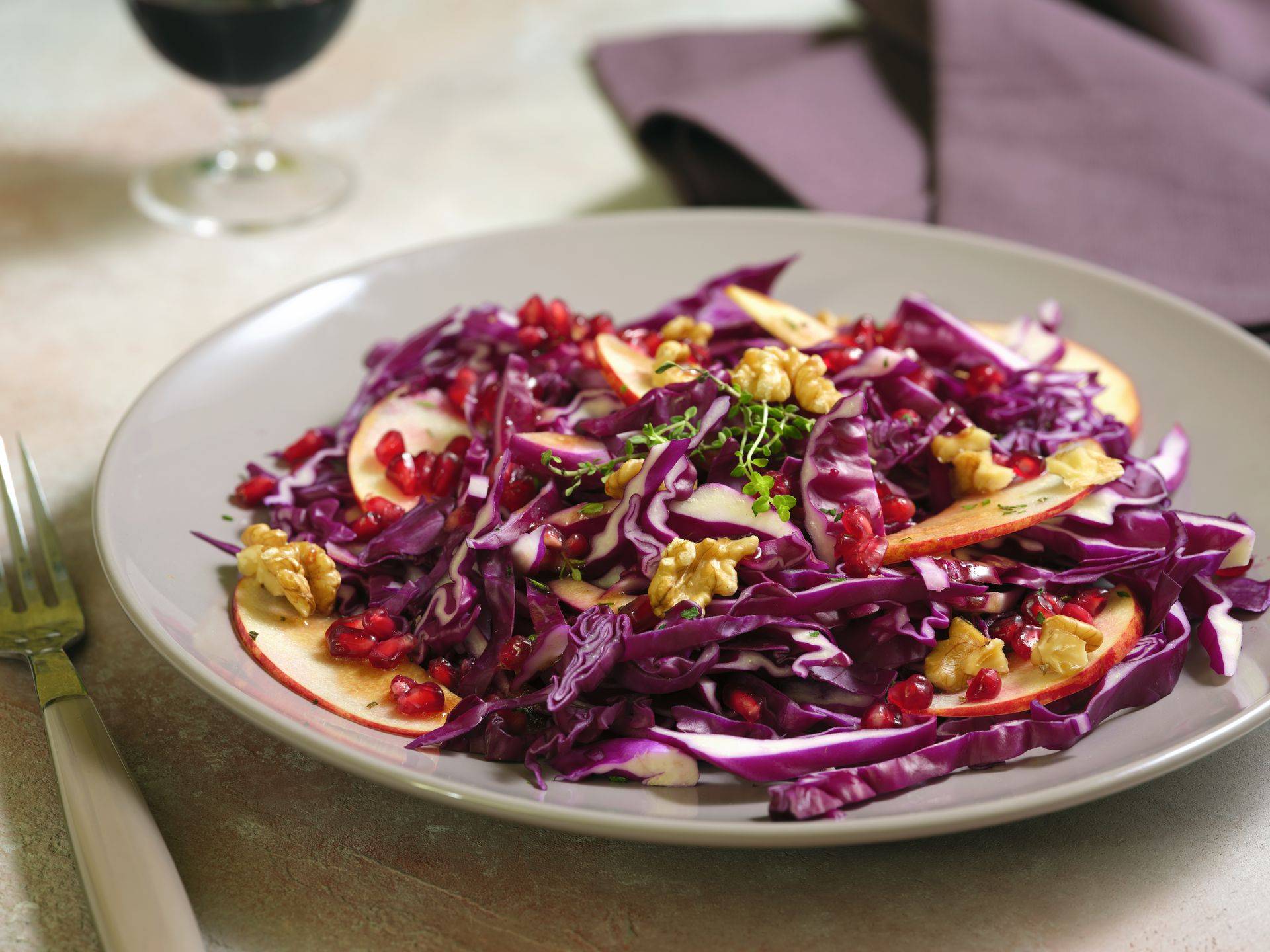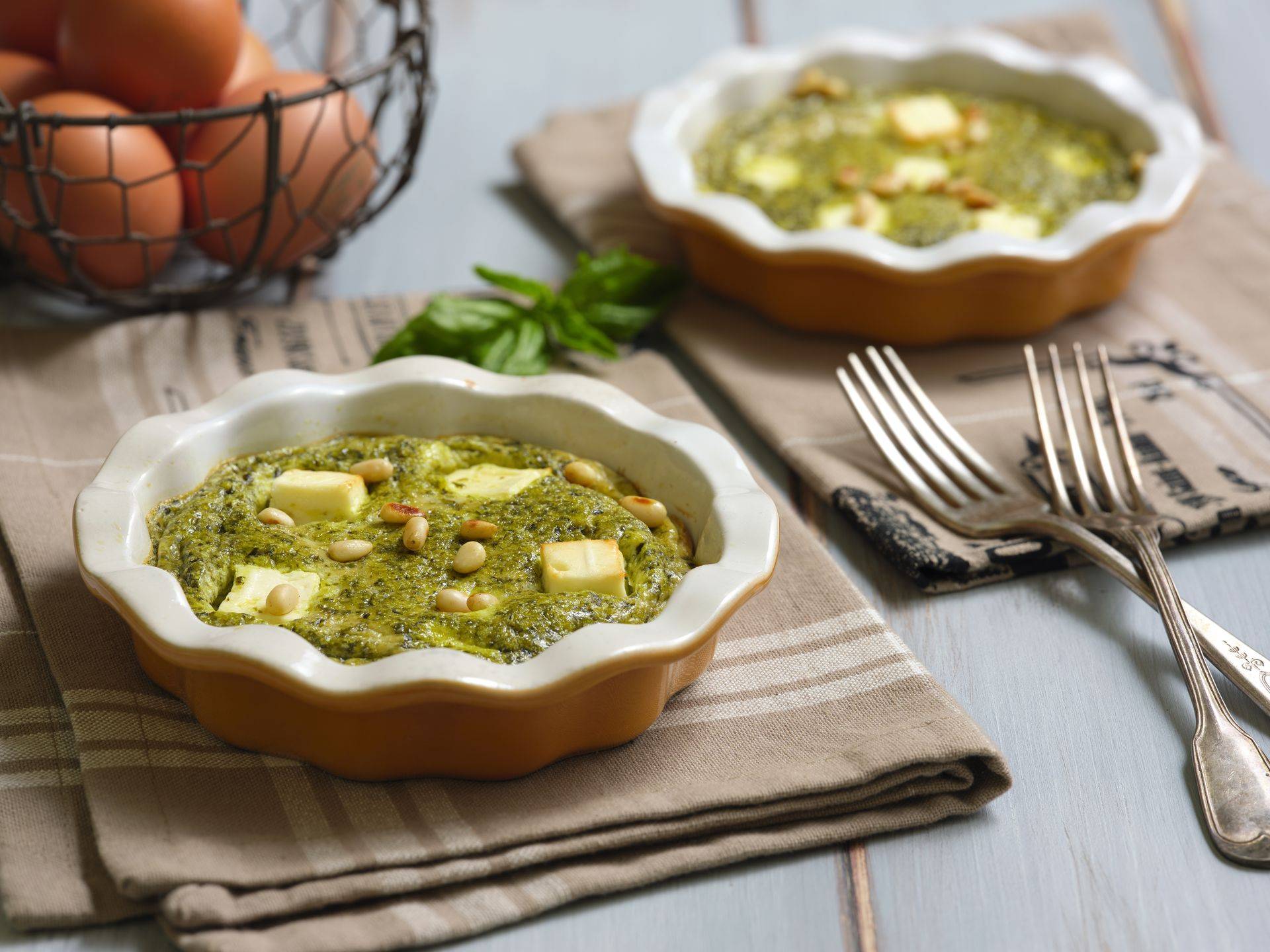
Properties of Vinegar: All the Benefits
Perhaps it's one of the main seasonings used in our kitchens to which we don't give the proper importance: organic vinegar. We're talking about an acidic liquid, born from the fermentation of bacteria that, in the presence of air and water, oxidize ethanol. There are different types: apple cider vinegar, wine vinegars, and balsamic vinegar. Over time, glazes have even been created, which have enriched its value. The properties of vinegar and its uses are truly many. After all, we're talking about one of the foods most loved by our grandmothers and one of the oldest seasonings in history: its origins date back to 300 BC. Its natural principles and unmistakable taste make it the perfect seasoning.
The uses of vinegar are truly many: its properties and nutritional value make vinegar a versatile seasoning and often the perfect solution for many dishes. But let's discover together the beneficial properties of vinegar and its use.
Vinegar Benefits in the Kitchen
Vinegar is good, we know that. But how many know the reason for this statement? While maintaining a natural style, it's effective in many situations. We're talking about one of the most used seasonings in the kitchen and perhaps the most loved by Italians. Balsamic vinegar is the perfect seasoning, ideal for all dishes, versatile, and easy to use; it gives a unique taste to dishes thanks to its numerous properties. Perhaps we're too used to thinking of vinegar as the perfect seasoning for vegetables, but that's limiting. It has natural characteristics that make it impeccable. Did you know that in recent years it has become the perfect seasoning for first courses, second courses, appetizers, and even desserts? Its unmistakable aroma and intense flavor give rise to tasty and original combinations.
If you're a passionate eater and connoisseur of first courses, there are perfect recipes that keep the unique flavors of vinegar intact. Balsamic vinegar risotto, for example, is perhaps one of the strongest and best-known dishes, perfect for all tastes. Don't worry, if your priority isn't carbohydrates but you want to amaze guests with a fantastic meat-based second course, well, know that vinegar is perfect for meat and fish. Since it's added raw, after cooking the dish, vinegar maintains all its natural principles and specific properties that make this seasoning the specialty of every dish. Vinegar has been revisited in various ways over the years. The return to the origins of natural, organic cooking, the favorite of our grandmothers, has allowed this seasoning to be given new life. It's not uncommon to find vinegar in tasty cheese-based appetizers. The timeless Parmesan cheese pairs perfectly with the tasty contrast of vinegar.
Natural Vinegar: The Perfect Ally for Desserts and Ice Cream
Starting from the premise that vinegar is in perfect harmony with all flavors, whether strong or delicate, in recent years organic vinegar has become the perfect ally for desserts and fruits. First of all, let's start with the premise that dishes, in general, need to have a significant visual impact. We're often used to seeing how dishes are more appetizing with the right presentation. Surely vinegar, among its properties, also boasts an important aesthetic dictated by color and intense aroma. That's why in most cases it's used on desserts and fruits.
But let's not limit ourselves only to color and decorations. Vinegar is used on sweet dishes and fruits especially because with its strong flavor, it creates appetizing contrasts loved by those in the kitchen who are looking for unique and original tastes. Even better if you prefer absolutely natural and organic dishes.
It's clear, like any food, vinegar should be used in moderation. Using it in balance is the basis of a healthy diet. Its full-bodied nature, important nutritional contribution, and intense flavor should be measured with moderation in our diet in order to fully exploit all its properties, allowing this food to be the undisputed king of our table.
Furthermore, let's think carefully, unleashing creativity in the culinary field gives new life to our traditional dishes, avoiding the harmful phenomenon of food waste and making the most of the products that live daily in our kitchen.
